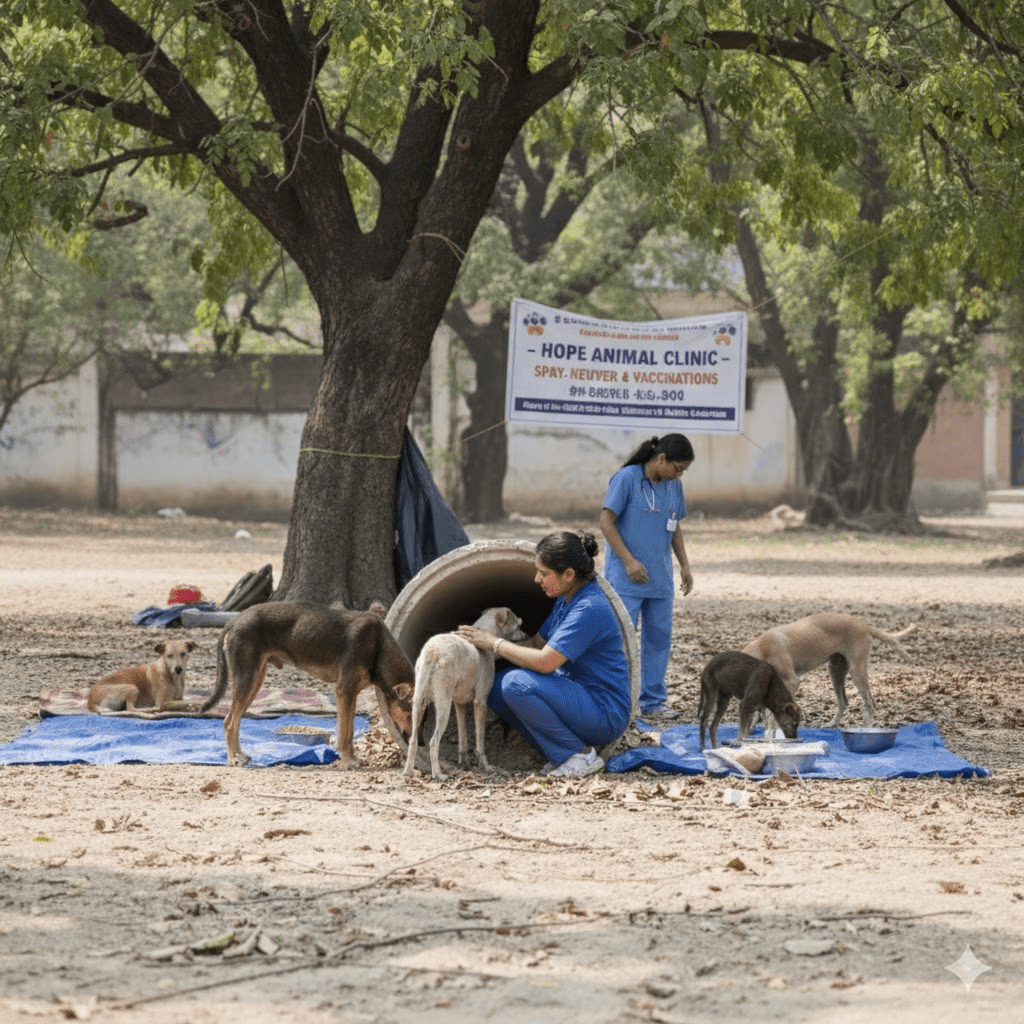The quiet dignity of a street dog, curled protectively within a concrete pipe, offers a poignant glimpse into the challenging lives of countless animals living on the fringes of human society. This image, stark in its simplicity, speaks volumes about resilience, vulnerability, and the constant search for safety and solace. It’s a powerful reminder that beyond our bustling cities and comfortable homes, an often-unseen population of animals navigates a world fraught with hunger, exposure, and danger. Their existence, largely unacknowledged, presents a complex web of ethical, public health, and environmental concerns that demand our attention and compassionate action. From the hidden alleys to the busy marketplaces, these animals – dogs, cats, and sometimes even smaller creatures – eke out an existence, their daily survival a testament to their innate strength. Yet, this strength is often stretched to its limits by a lack of food, clean water, shelter, and medical care. Understanding their plight is the first step towards fostering a more empathetic and responsible approach to their welfare, leading us to question our role in their current circumstances and how we can collectively forge a brighter future for them.
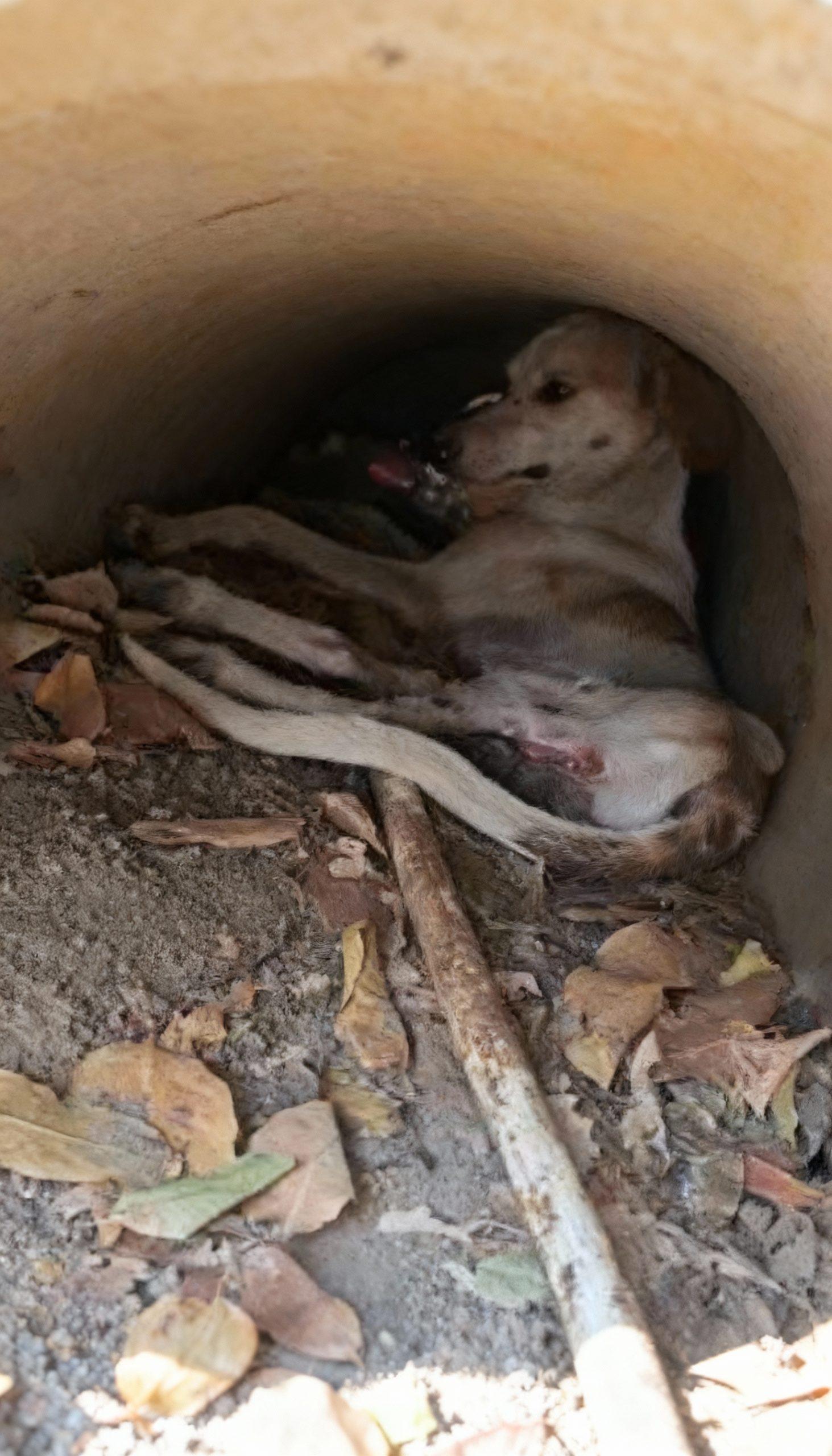
The reasons behind the proliferation of street animals are multi-faceted and deeply rooted in human actions and societal structures. Uncontrolled breeding is arguably the most significant factor. Pet abandonment, whether due to financial hardship, moving, or a simple loss of interest, directly contributes to the street animal population. Many animals are born into the streets, never knowing a life of domesticity. Furthermore, lack of access to affordable veterinary care, particularly spaying and neutering services, exacerbates the issue by allowing populations to grow unchecked. In some regions, cultural attitudes towards animal ownership or a lack of robust animal welfare legislation can also play a role. Natural disasters and socio-economic instability can further disrupt communities, leading to an increase in displaced animals. These complex origins mean that addressing the issue requires a holistic approach, tackling both immediate needs and underlying causes.
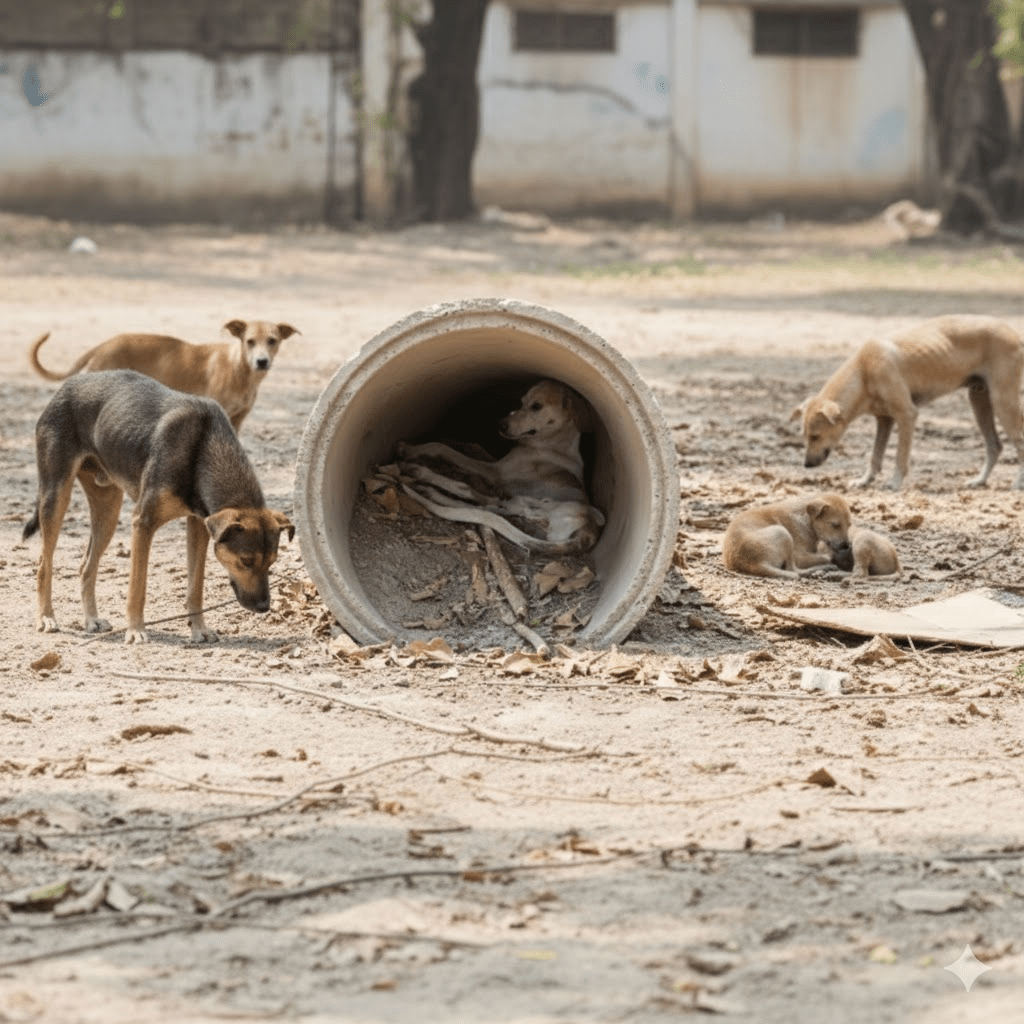
Living on the streets presents an array of formidable challenges for these animals. Hunger and thirst are daily battles, with scavenged scraps and puddles often being their only source of sustenance. Exposure to harsh weather conditions – scorching sun, torrential rain, and freezing temperatures – takes a significant toll, as they lack adequate shelter. The constant threat of injury from traffic, human cruelty, or fights with other animals is ever-present. Diseases, often untreatable, spread easily within unvaccinated and malnourished populations, leading to immense suffering and premature death. The psychological stress of constant vigilance, fear, and insecurity also leaves an indelible mark. This arduous existence means that the average lifespan of a street animal is significantly shorter than that of a domestic pet, a stark indicator of the immense hardship they face daily.
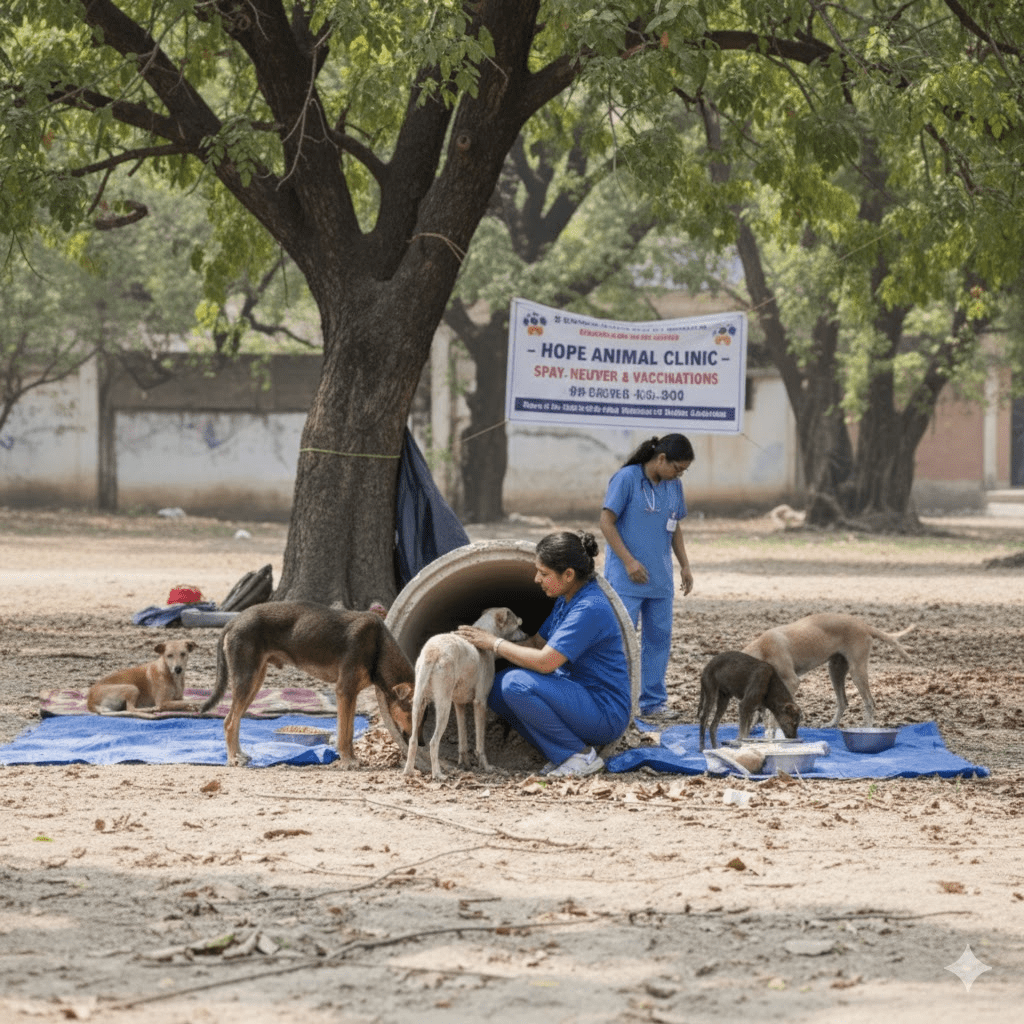
However, there are beacons of hope amidst these challenges. Numerous animal welfare organizations and dedicated individuals around the world are tirelessly working to alleviate the suffering of street animals. These efforts range from feeding programs and providing emergency medical care to large-scale Trap-Neuter-Release (TNR) initiatives. TNR programs are particularly effective in humanely controlling populations by sterilizing animals, vaccinating them against common diseases like rabies, and then returning them to their familiar territories where they can live out their lives without contributing to further population growth. Adoption drives also play a crucial role in finding loving homes for rescued animals, offering them a second chance at a life of comfort and care. These interventions not only improve the lives of individual animals but also contribute to public health and safety by reducing the spread of zoonotic diseases.
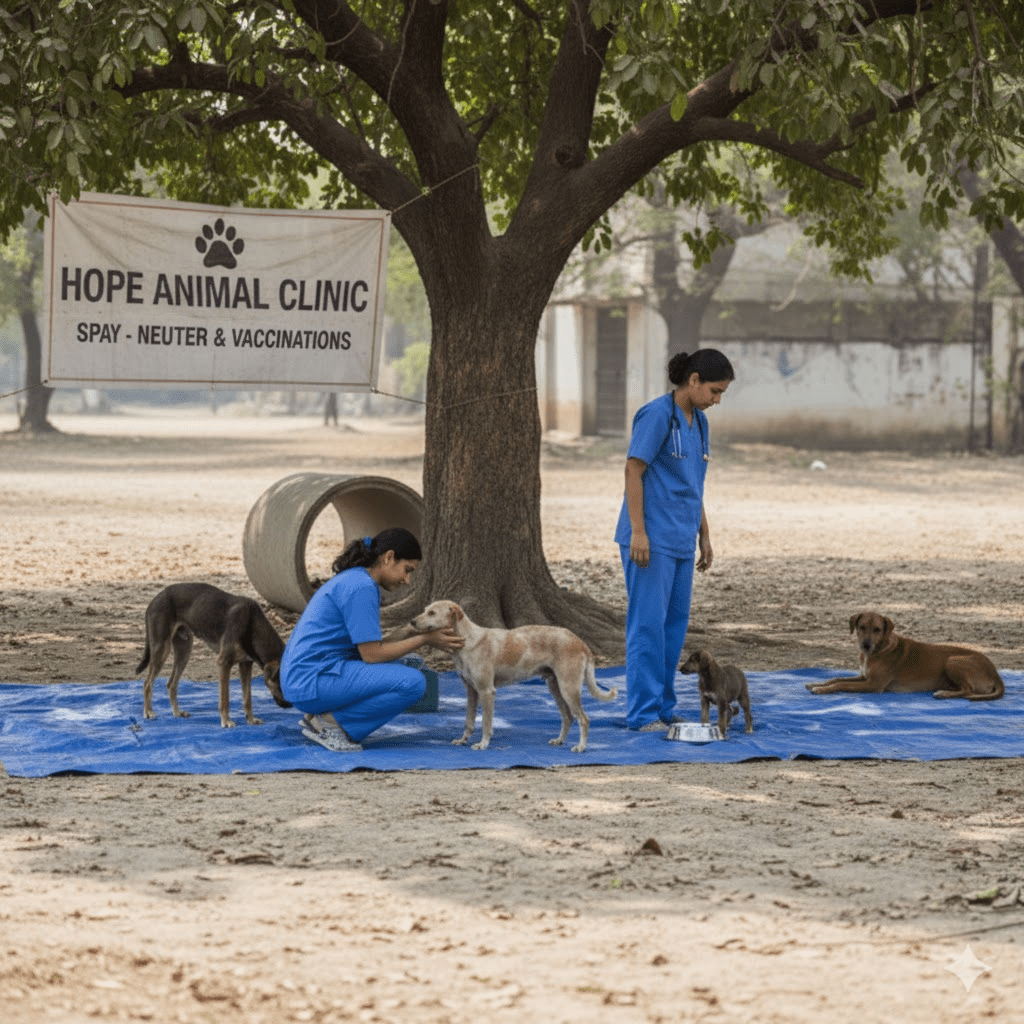
Effective strategies for long-term population management must extend beyond immediate intervention to address the root causes. Promoting responsible pet ownership through public awareness campaigns is paramount. This includes educating potential pet owners about the commitment involved in caring for an animal for its entire life, emphasizing the importance of spaying and neutering, and discouraging abandonment. Governments and local authorities have a critical role to play in implementing and enforcing animal welfare laws, providing accessible and affordable veterinary services, and supporting community-based animal management programs. Collaborative efforts between NGOs, veterinary professionals, and local communities are essential to create sustainable solutions that benefit both animals and humans.
